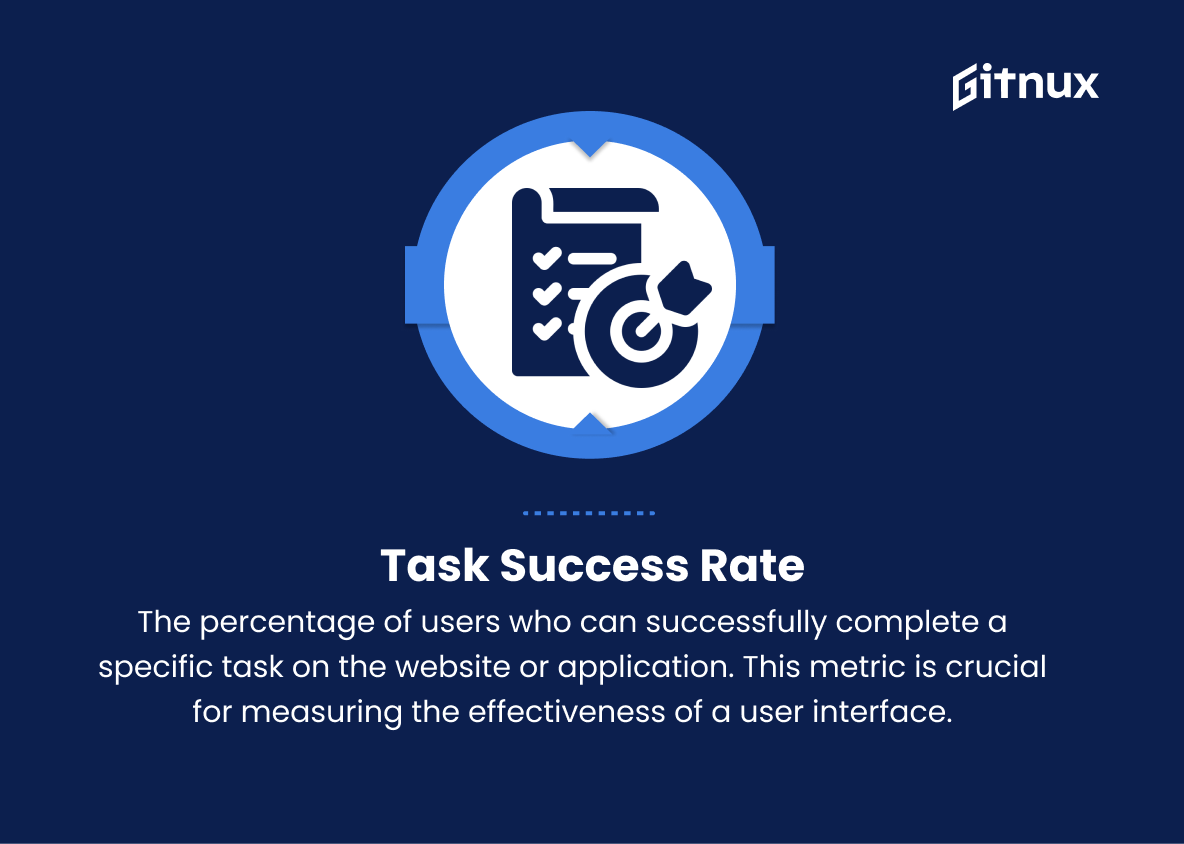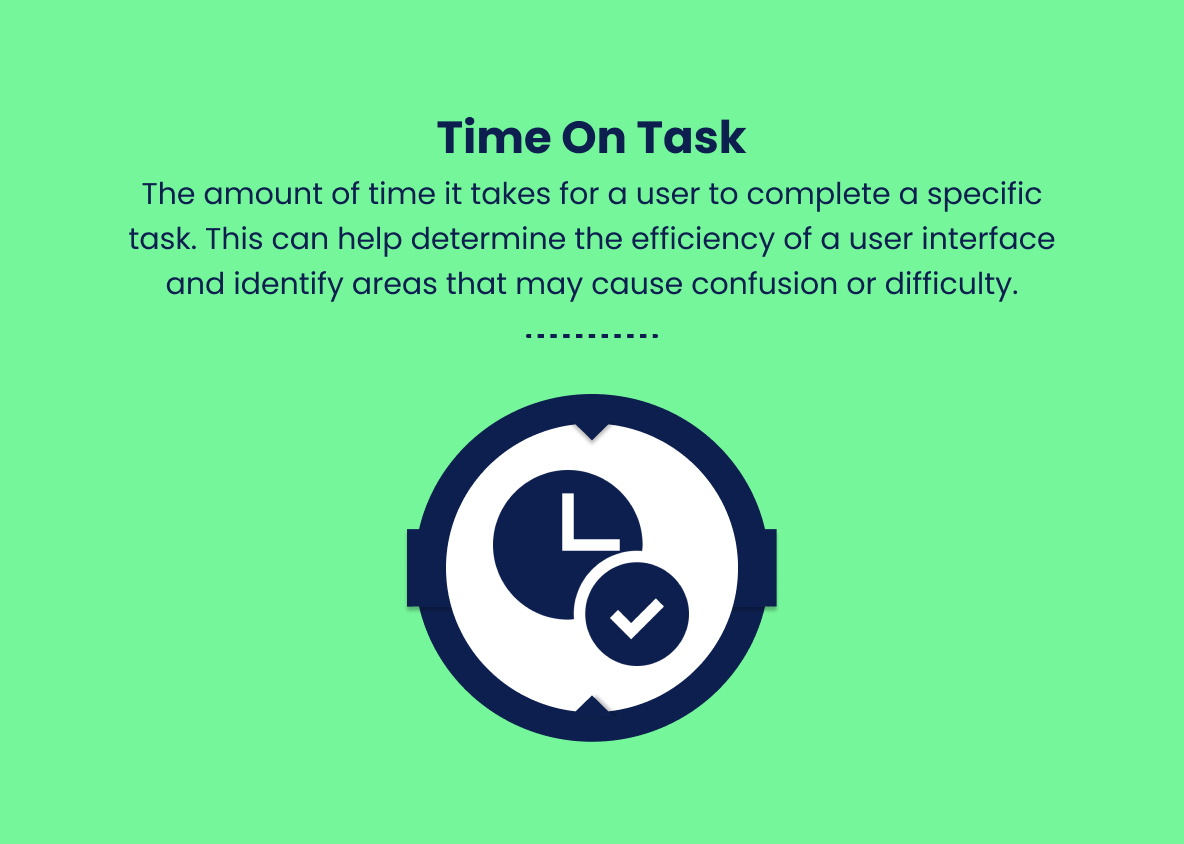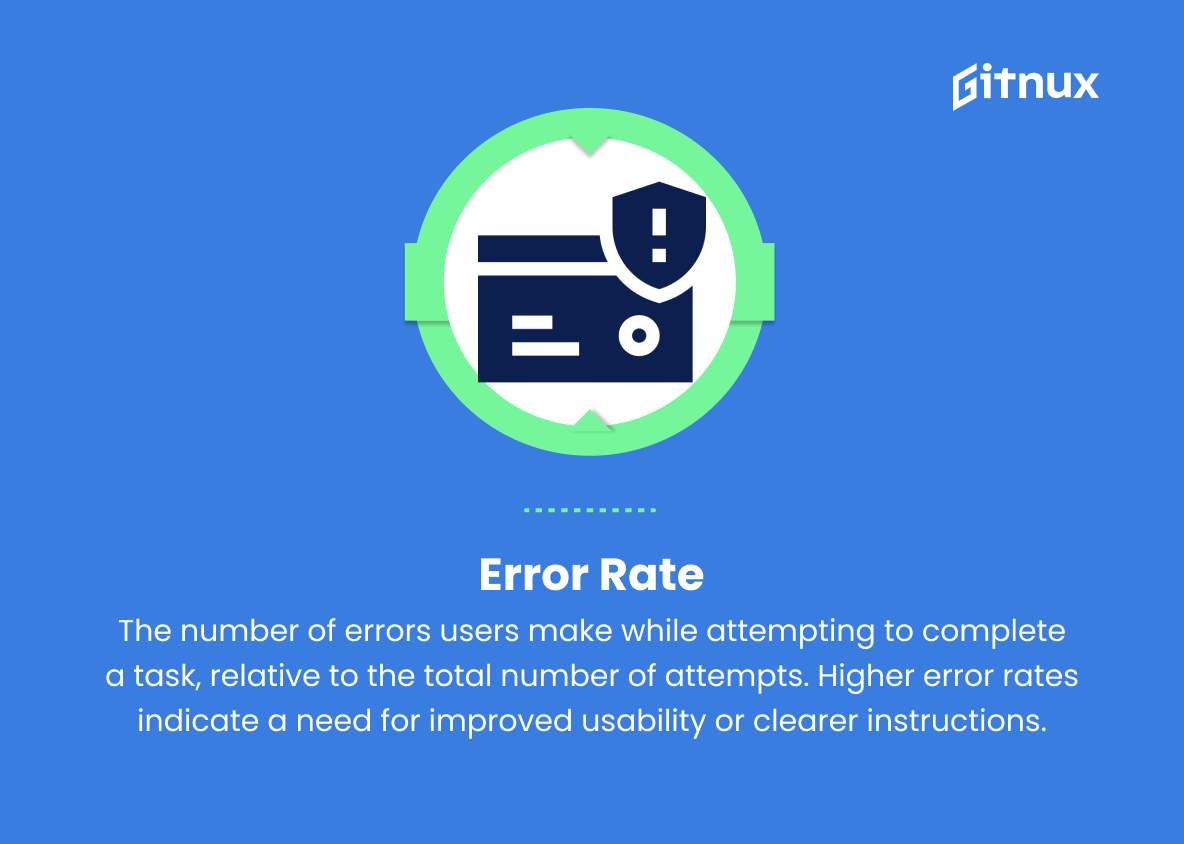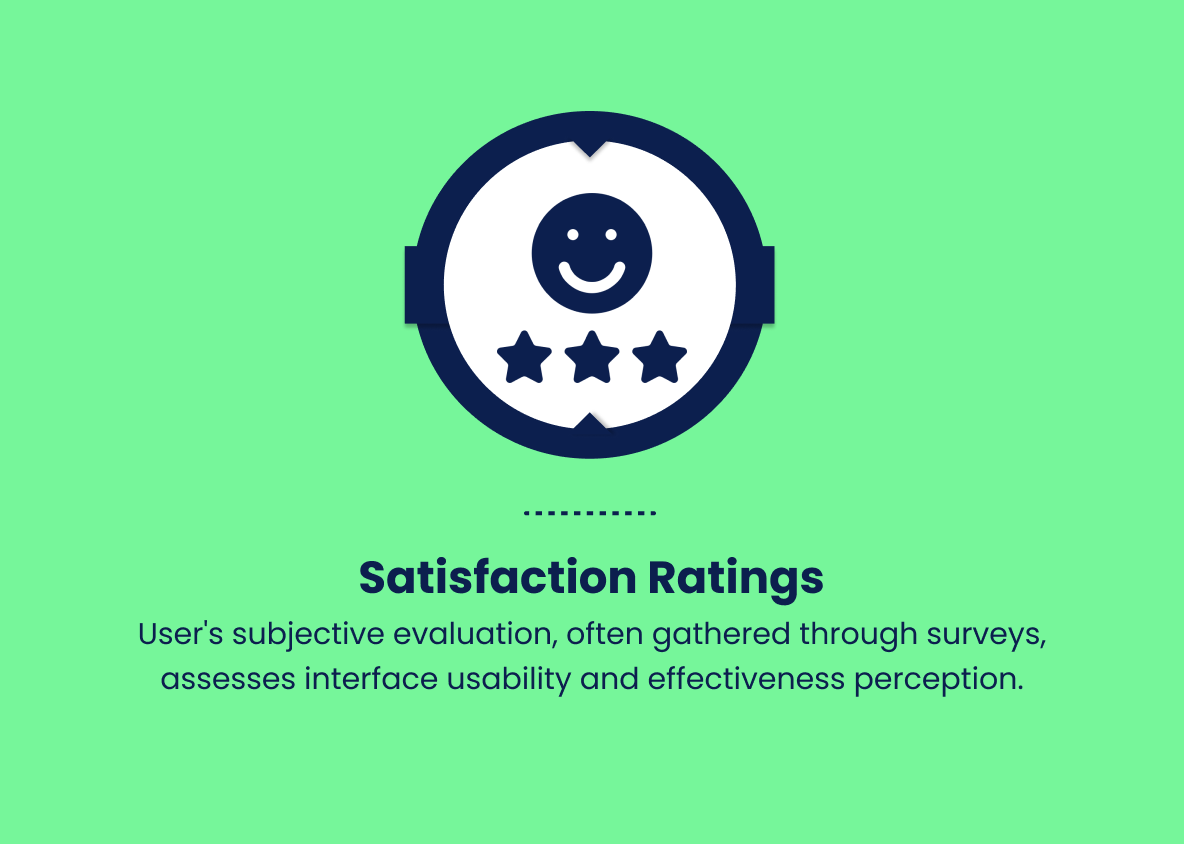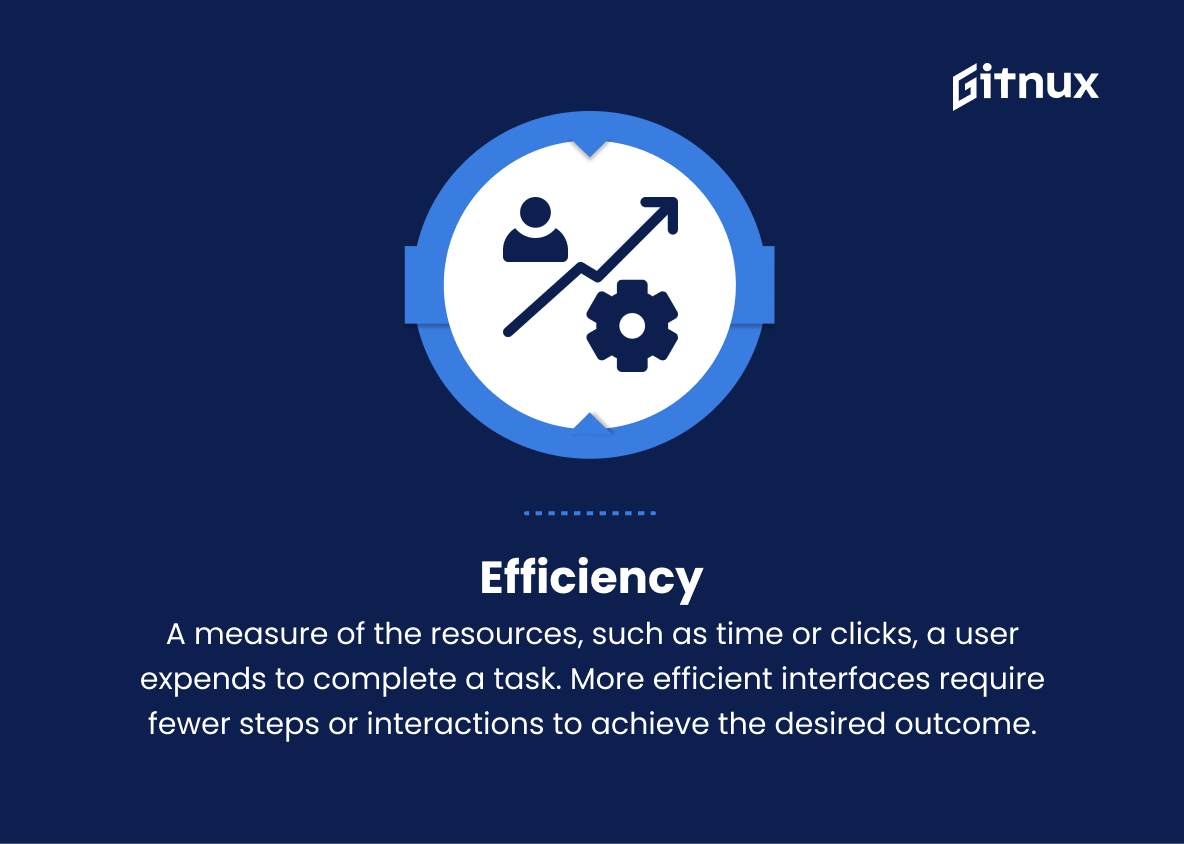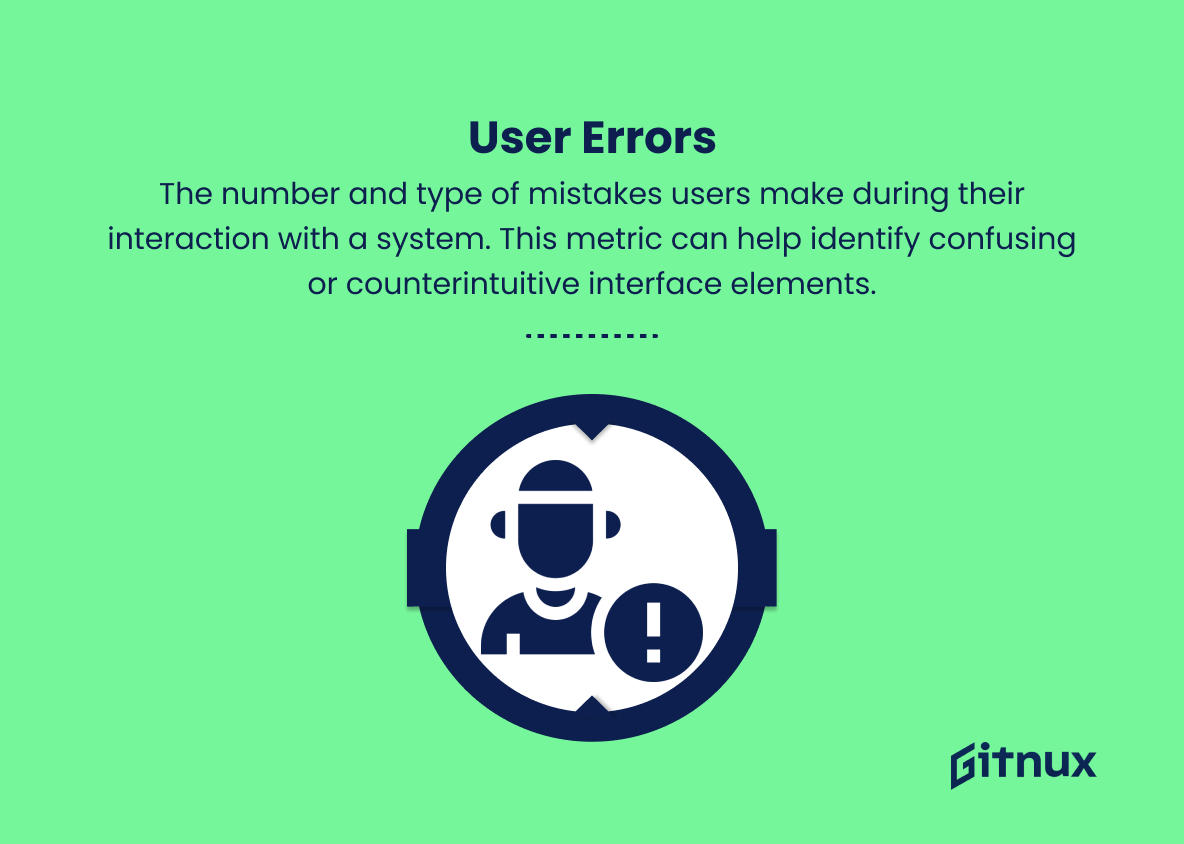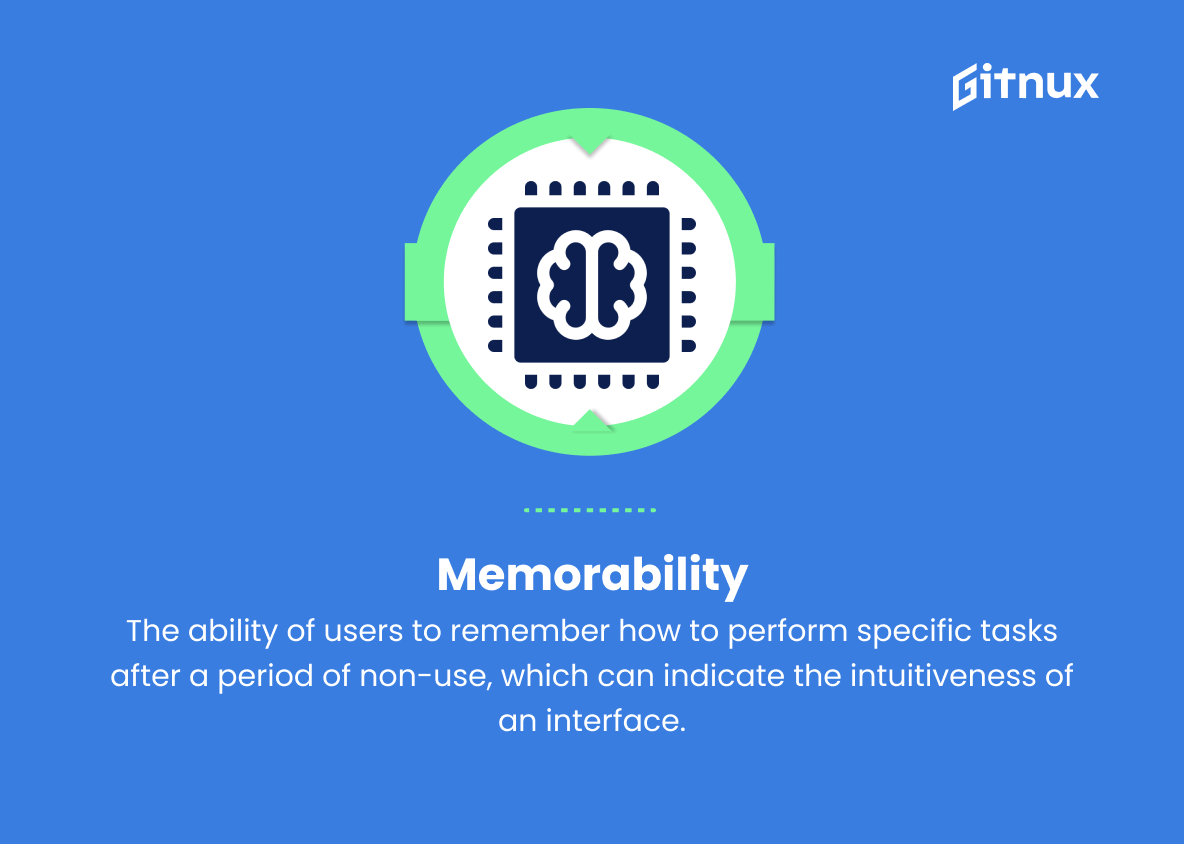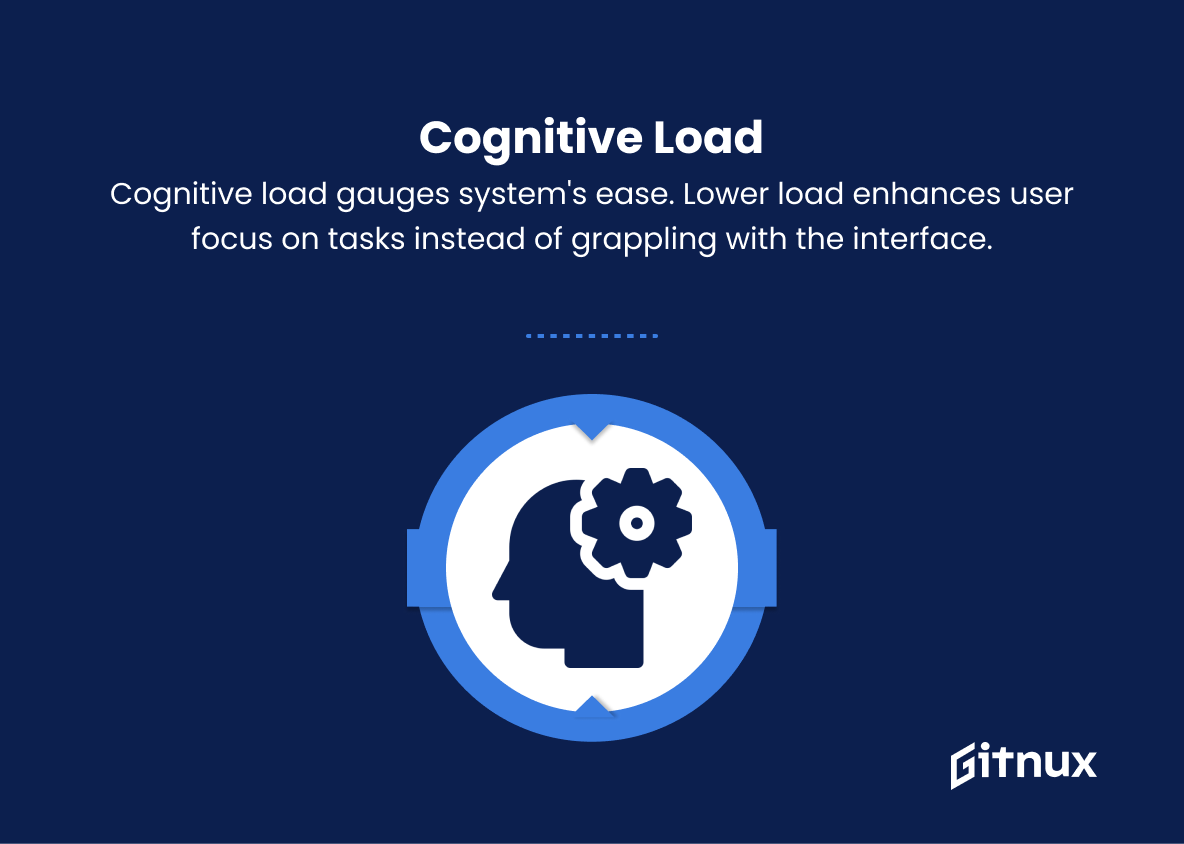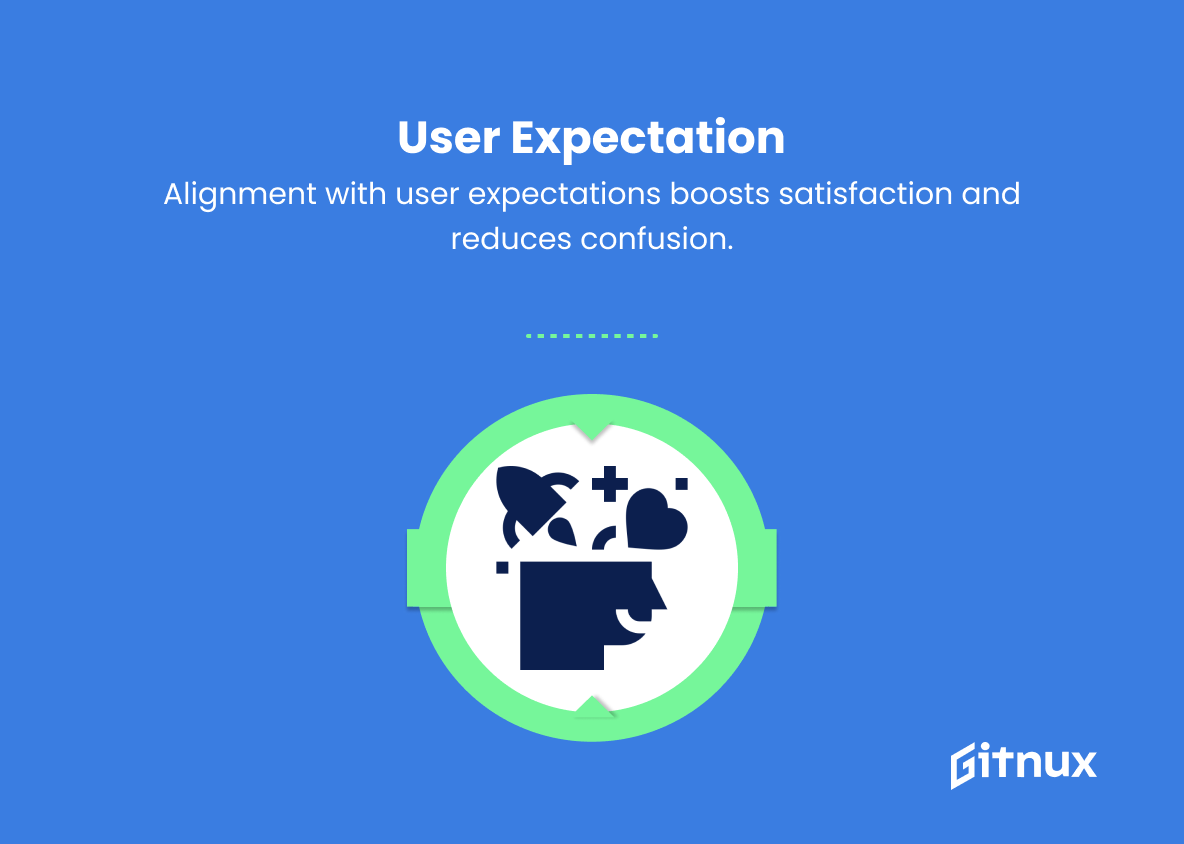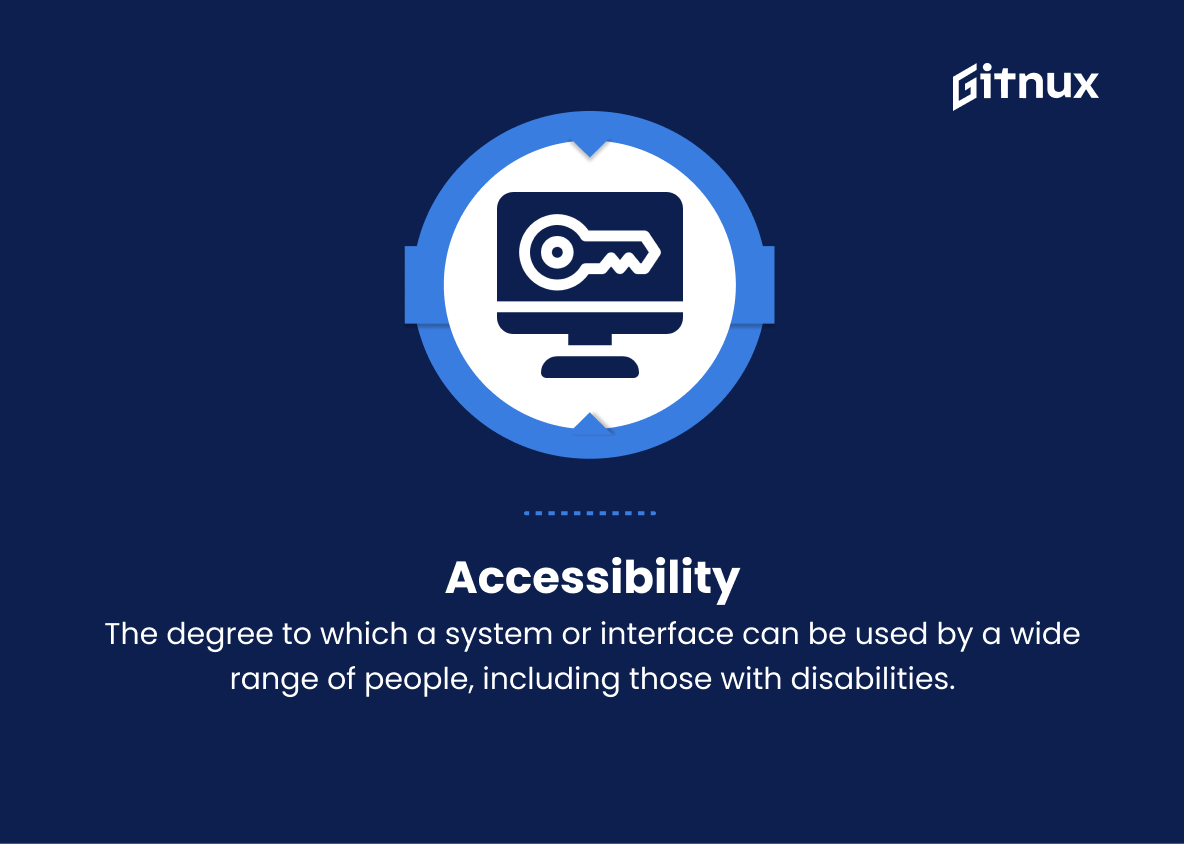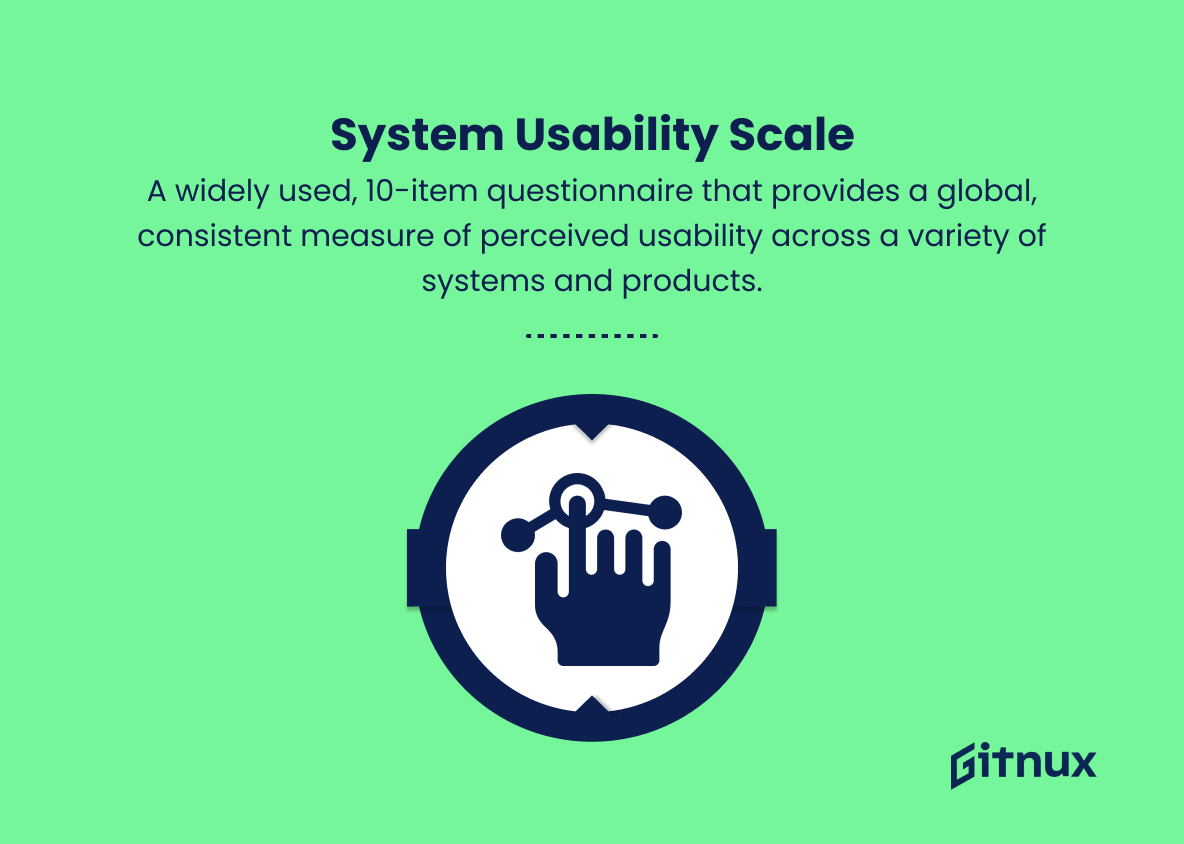In an ever-evolving digital landscape, ensuring seamless user experiences has become crucial for businesses to thrive. As a result, the importance of understanding usability metrics cannot be overstated. In this thought-provoking blog post, we will delve deep into the world of usability metrics, shedding light on various evaluation methods, their significance, and their role in optimizing user interactions with digital products. Join us as we unpack the intricacies of these analytics tools and unveil how they can revolutionize design strategies, contributing to positive user experiences leading to increased engagement, customer satisfaction, and ultimately, business success.
Usability Metrics You Should Know
1. Task Success Rate
The percentage of users who can successfully complete a specific task on the website or application. This metric is crucial for measuring the effectiveness of a user interface.
2. Time on Task
The amount of time it takes for a user to complete a specific task. This can help determine the efficiency of a user interface and identify areas that may cause confusion or difficulty.
3. Error Rate
The number of errors users make while attempting to complete a task, relative to the total number of attempts. Higher error rates indicate a need for improved usability or clearer instructions.
4. Abandonment Rate
The percentage of users who start a task but do not complete it. This metric can help identify pain points or barriers preventing users from successfully finishing a task.
5. Satisfaction Ratings
The subjective evaluation of a user’s experience, typically collected through surveys or interviews. This metric can help understand how users perceive the overall usability and effectiveness of the interface.
6. Learnability
The ease with which new users can quickly become proficient in using a system or interface. This can be measured by observing the time it takes for a new user to complete a task compared to an experienced user.
7. Efficiency
A measure of the resources, such as time or clicks, a user expends to complete a task. More efficient interfaces require fewer steps or interactions to achieve the desired outcome.
8. User Errors
The number and type of mistakes users make during their interaction with a system. This metric can help identify confusing or counterintuitive interface elements.
9. Memorability
The ability of users to remember how to perform specific tasks after a period of non-use, which can indicate the intuitiveness of an interface.
10. Cognitive Load
The mental effort required to understand and interact with a system. Lower cognitive load is desirable, as it allows users to focus on the task at hand, rather than struggling to understand the interface.
11. Navigation Path
The sequence of steps or interactions a user takes to complete a task, which can help identify unnecessary or convoluted navigation paths that can hinder usability.
12. User Expectation
The extent to which a system or interface meets user expectations regarding functionality, organization, and appearance. Meeting user expectations can increase satisfaction and reduce confusion.
13. Accessibility
The degree to which a system or interface can be used by a wide range of people, including those with disabilities. Addressing accessibility issues can ensure a more inclusive and usable system for all users.
14. System Usability Scale (SUS)
A widely used, 10-item questionnaire that provides a global, consistent measure of perceived usability across a variety of systems and products.
Usability Metrics Explained
Usability metrics play a significant role in evaluating the effectiveness and efficiency of a website or application’s user interface, ensuring a seamless and satisfying user experience. Task Success Rate, for instance, measures the percentage of users who can successfully complete a specific task, which is essential for assessing interface effectiveness. Time on Task, Error Rate, Abandonment Rate, and Efficiency are valuable indicators of interface performance, helping to pinpoint areas that may cause confusion or difficulty.
Satisfaction Ratings, Learnability, Memorability, and Cognitive Load are essential for understanding users’ perceptions and expectations, contributing to the overall usability of the system. Navigation Path, User Expectation, and Accessibility help identify potential barriers and ensure inclusiveness for the diverse user base. Lastly, the System Usability Scale (SUS) offers a standardized, global measure of perceived usability across various systems and products, enabling consistent comparison and evaluation. Together, these usability metrics provide crucial insights for creating intuitive, accessible, and user-friendly interfaces, leading to higher user satisfaction and successful digital experiences.
Conclusion
In conclusion, usability metrics serve as a crucial tool for evaluating, optimizing, and enhancing the overall user experience of a digital product or service. By implementing these objective and quantitative measurements, businesses and designers can identify areas for improvement and make informed decisions to refine their offerings.
Focusing on key usability dimensions, such as efficiency, effectiveness, satisfaction, learnability, and error rates, allows organizations to prioritize user-centric design and ultimately foster a more successful and loyal user base. As technology constantly evolves, keeping abreast of usability metrics best practices will ensure that businesses stay on top of their game and continue to meet – or exceed – the rising expectations of today’s users.
